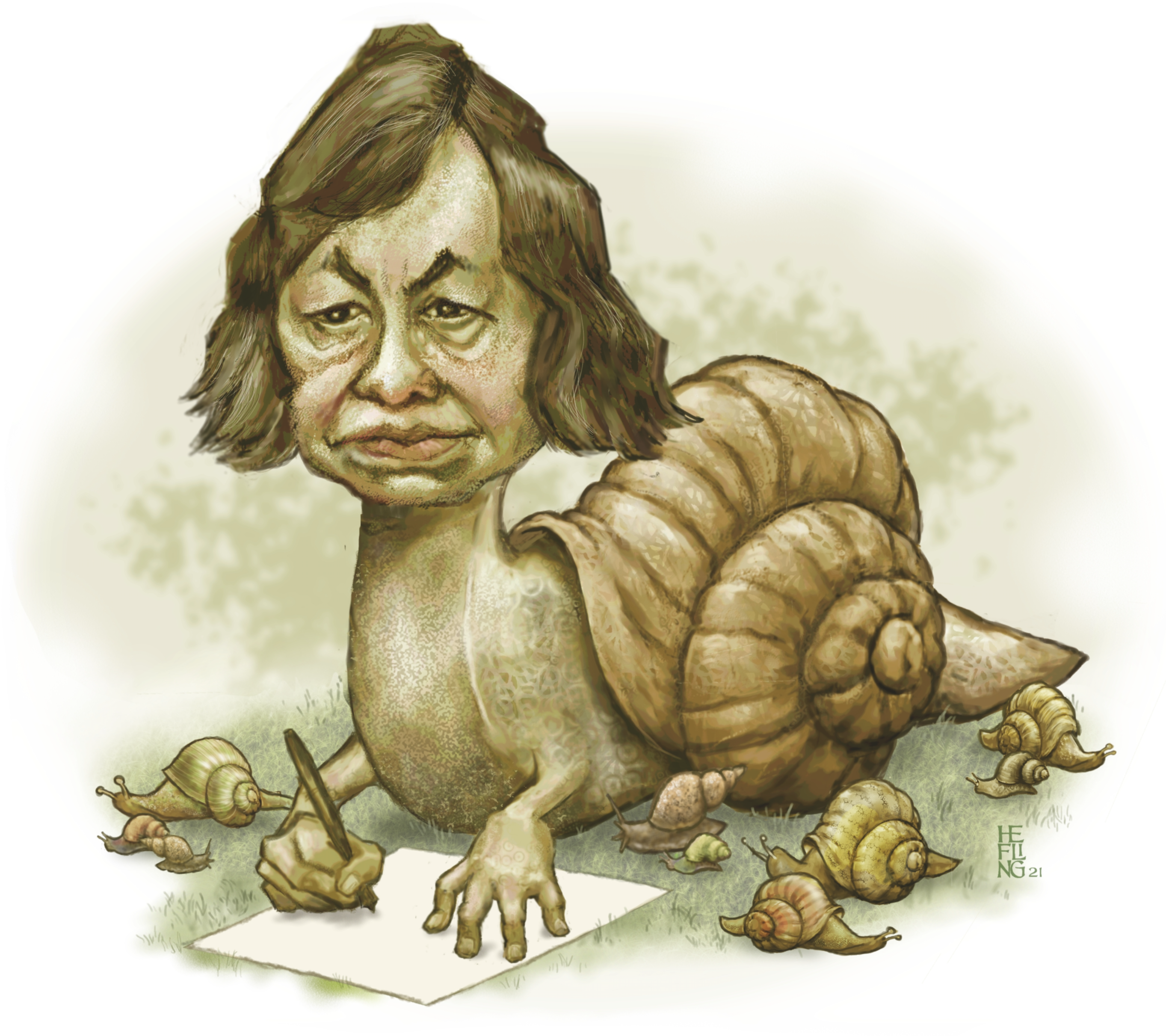 DEVILS, LUSTS AND STRANGE DESIRES
DEVILS, LUSTS AND STRANGE DESIRES
The Life of Patricia Highsmith
by Richard Bradford
Bloomsbury. 244 pages, $30.
BEST KNOWN for her psychological thrillers, Patricia Highsmith’s first novel, Strangers on a Train, gained worldwide fame in 1950 when it was adapted for the screen by Alfred Hitchcock. Soon thereafter, in 1952, writing under the name Claire Morgan, she released the lesbian novel The Price of Salt. She used the pseudonym to avoid being pegged as a “lesbian book-writer,” but 38 years later the book was published under her own name and retitled Carol (1990). Her notoriety further increased with the release of the story of the duplicitous and murderous Tom Ripley in The Talented Mr. Ripley (1955). Both Ripley and Carol were adapted for the silver screen, and both were Oscar-nominated films.
In his new biography Devils, Lusts and Strange Desires, Richard Bradford chronicles the life and work of Highsmith with an emphasis on what is not widely known about her. What emerges is a disturbing picture. Bradford’s thesis is that Highsmith channeled aspects of her life, personality, thoughts, and relationships into her plots and characters. He uses Highsmith’s personal notebooks, diaries, and interviews with friends and former lovers to draw his conclusions. Bradford finds that Highsmith was an ardent racist who “was an equal opportunity offender. … You name the group, she hated them.” Most notable was her avid anti-Semitism in addition to her racism.
Highsmith was an alcoholic who drank from dawn to dusk, whose drinking only got worse as she aged. She had numerous affairs with women, and, states Bradford:
 Born in Texas, Highsmith was an unwanted baby, the child of a botched abortion. Her parents soon divorced after her birth, and her mother later remarried Stanley Highsmith. For a while the family lived in New York, but when she was twelve, her mother took Highsmith back to Texas to live with her grandparents, telling Highsmith that she was going to divorce Stanley and return for her someday. She never did either of those things. This rejection affected Highsmith deeply, including her future behavior with women. Highsmith writes: “I never got over it. Thus, I seek out women who will hurt me in a similar manner.”
Born in Texas, Highsmith was an unwanted baby, the child of a botched abortion. Her parents soon divorced after her birth, and her mother later remarried Stanley Highsmith. For a while the family lived in New York, but when she was twelve, her mother took Highsmith back to Texas to live with her grandparents, telling Highsmith that she was going to divorce Stanley and return for her someday. She never did either of those things. This rejection affected Highsmith deeply, including her future behavior with women. Highsmith writes: “I never got over it. Thus, I seek out women who will hurt me in a similar manner.”
“Highsmith recorded in her notebooks an uncanny perception of her real life and its fictional counterpart as aspects of the same narrative,” Bradford observes. “Sometimes she wrote of people who did not exist and of events she fabricated.” This poses a problem for the biographer, who has to make decisions as to what to believe, which the reader, in turn, may or may not find reliable. Bradford covers most of Highsmith’s tumultuous affairs, which get confusing at times, but homes in on three of the major relationships in her life. They are turbulent and sometimes destructive.
Ellen Hill, with whom she had a four-year relationship, tried to commit suicide by taking an overdose of sedatives. Instead of trying to take care of her, the heartless Highsmith left her to go out to dinner. After returning at 4 a.m. and finding Hill in a coma, Highsmith finally called a doctor.
Next was a woman named Doris, a Madison Avenue executive. They lived outside of New York, and it became a routine domestic arrangement. This began to stifle Highsmith’s creative juices. In her diary she wrote: “One day I shall take you by the throat and tear the windpipe and arteries out, though I go to hell for it.” Bradford asserts that Highsmith would channel these murderous thoughts into the characters and plots of her novels.
Her longest relationship was with an unnamed married woman, an affair that lasted twelve years. Bradford calls her Caroline. Caroline’s husband knew about the nature of his wife’s relationship with Highsmith and was willing to accommodate it, which seems to have made it less satisfying for Highsmith, planting the seeds for its ruin.
Bradford uses these and other affairs and surrounding events, either real or imagined, along with Highsmith’s notebooks and diaries to show how she channeled all the unbalanced characteristics of herself into her novels and characters. Take Bruno in Strangers on a Train or Tom Ripley, loaded as they are with fantasies of murder, stalking, violence, and switched identities. These connections make up the majority of Devils, Lusts and Strange Desires, which includes detailed summaries of Highsmith’s novels with assertions on how they relate back to her relationships. The problem here, of course, is that these associations are based on assumptions that may or may not be correct, a problem that’s compounded by Highsmith’s mixing of fact and fiction in her diaries. We are left to our devices to decide if there’s anything to admire about Highsmith other than the impressive, and genuinely disturbing, body of work she left behind.






